Risk analytical marine spatial planning
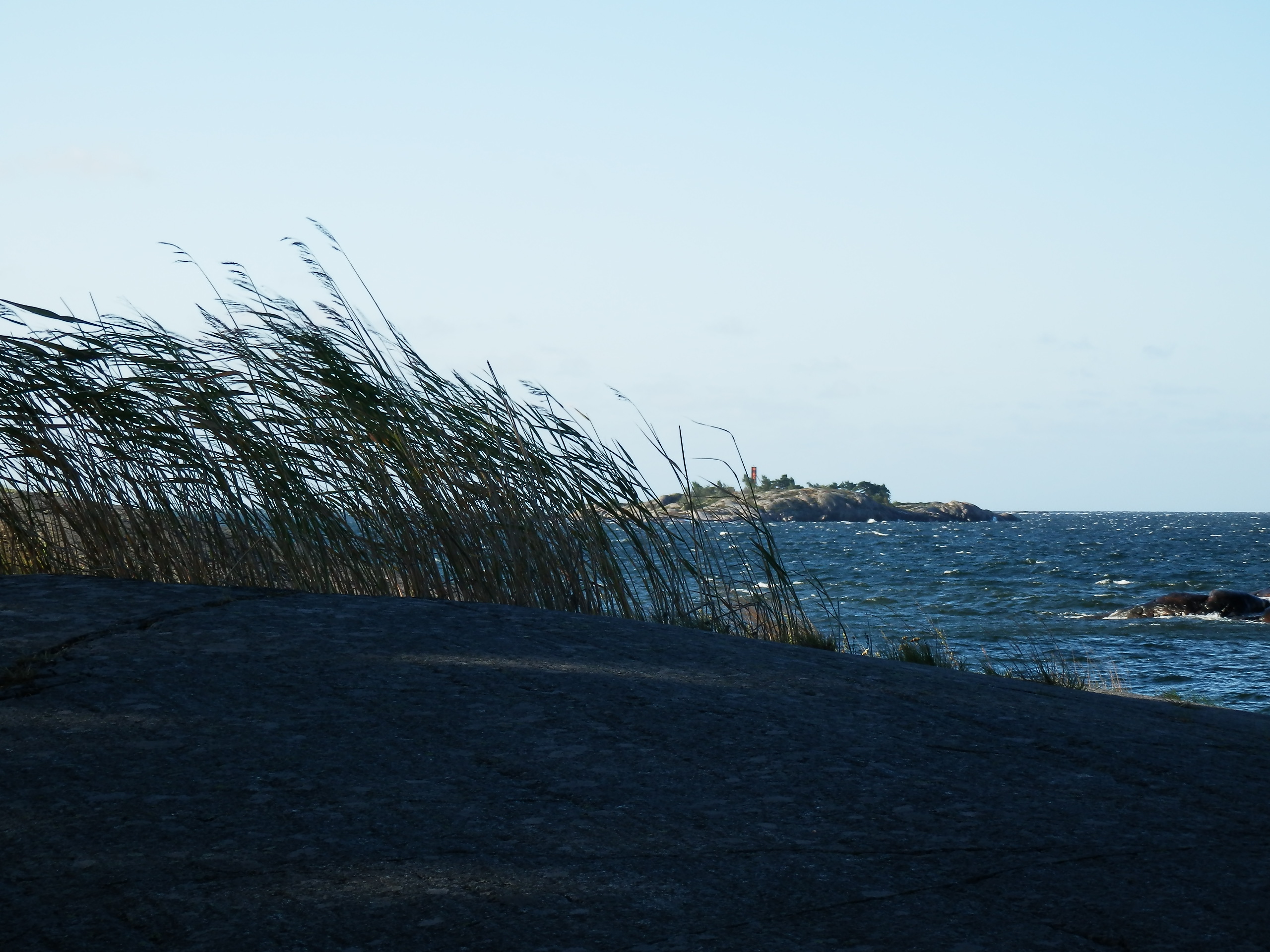
Developing efficient measures to protect the ecosystems in seas requires cross-disciplinary approach. In such an approach, ecological knowledge based on marine biology needs to be integrated with information about human drivers which can be analyzed by social and economic sciences, and controlled by environmental laws and policies. Interactive and clever technical solutions aid in interpreting the accumulated knowledge. Finally, in order to be effective, this knowledge must be communicated to the stakeholders.
Knowledge-based marine spatial planning
Marine spatial planning should be carried out with tools which take account of uncertainties and are supported by strong scientific background. Probabilistic risk assessments and decision analyses can be used to structure complex and multidisciplinary problems, integrate knowledge and uncertainty, and communicate the results. The objective is to choose an option that will minimize the ecological and socioeconomic risks and costs, and maximize the benefits and public acceptance of a use of natural resources.
Prediction of species distribution
A mandatory pre-requisite for marine spatial planning is the knowledge of species distributions and the environmental factors determining these distributions. Obtaining such estimates can be demanding because surveys are expensive and time-consuming. Wide-scale high-resolution models that quantify the relationship between a species abundance and environmental characteristics may be used to complement the survey work (Fig. 1). Such models should give predictions at locations that are not surveyed and highlight the environmental variables explaining the abundance. These predictions can then be used within the MSP toolbox. For this reason, an essential subproject in the SmartSea MSP tool box work is the development of state-of-the-art probabilistic methods for species distribution modeling.
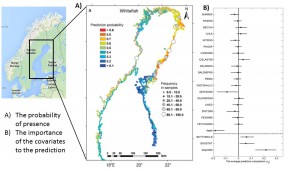
The effects of human actions on marine ecosystem
Fisheries and Environmental Management Group in University of Helsinki will develop a decision analytic tool which evaluates how the nature values change when the state of an ecosystem alters as a result of human actions. Thus, the actions and pressures in the Gulf of Bothnia can be estimated in a decision analytical way when striving for the sustainable consolidation of nature values and human actions. In practice, this means that a decision-maker can compare a benefit from an offshore wind park to power production to a value produced by a fish nursery ground, and examine how these can be emphasized in marine spatial planning. This work creates a basis for methodological marine spatial planning guidelines and will become as a part of SmartSea MSP tool box.
References
- Rahikainen M., Helle I., Haapasaari P., Oinonen S., Kuikka S., Vanhatalo J., Mäntyniemi S. & Hoviniemi K.-M. 2014. Towards Integrative Management Advice of Water Quality, Oil Spills, and Fishery in the Gulf of Finland: A Bayesian Approach. AMBIO 43: 115–123.
- Stelzenmüller V., Garnacho L. & Rogers S. 2010. Assessment of a Bayesian Belief Network-GIS framework as a practical tool to support marine planning. Marine Pollution Bulletin 60: 1743–1754.
- Vanhatalo J., Veneranta L. & Hudd R. 2012. Species Distribution Modelling with Gaussian Processes: a Case Study with the Youngest Stages of Sea Spawning Whitefish (Coregonus lavaretus L. s.l.) Larvae. Ecological Modelling 228: 49–58.
Articles
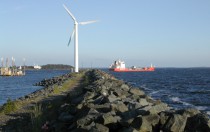
Pohjanlahti merituulienergian tuotantoalueena
Konteksti Merituulienergian laajamittainen rakentaminen on keskeinen askel Suomen tavoitetta hiilivapaaksi yhteiskunnaksi. Suomen merialueista erityisesti Pohjanlahti tarjoaa hyvät olosuhteet energian tuotannolle,
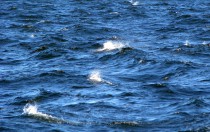
Scientific Articles published in SmartSea
One of the products of the SmartSea are the various scientific articles published by our partners during the project. The
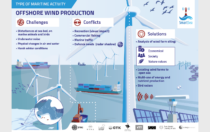
SmartSea Infographics
Offshore wind production, Aquaculture, Fisheries, Blue Well being, recreation and tourism have been key areas of the SmartSea project. We
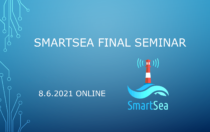
SmartSea Final Seminar/Loppuseminaari 8.6.2021
SmartSea will hold a Final Seminar on the results of the project, and a discussion with stakeholders and affiliates on
